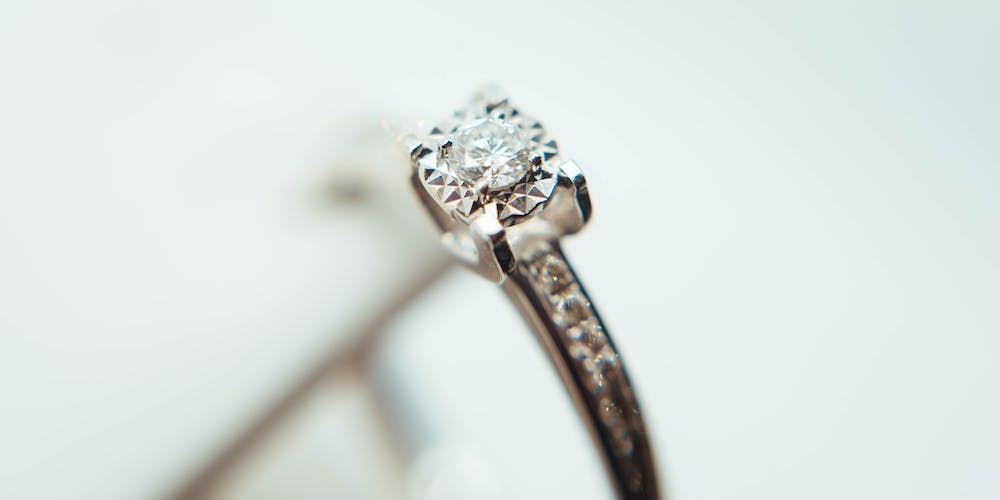Protecting your Valuables – Understanding Sublimits and Personal Item Floaters
By Susan Glenn | Published November 18, 2019

Many of us assume that our homeowners policy will cover the loss of valuable personal property like jewelry, art, and electronics. In fact, all homeowners policies contain sublimits that reduce coverage for specific possessions. If you’re aware of these sublimits, you can decide whether to add a personal items floater to enhance your coverage.
In this post, we consider how a personal items floater (also called an inland marine schedule) can cover losses that a typical homeowners policy won’t.
Sublimits Reduce the Amount of Coverage
In a typical homeowners policy, your personal property in your home, like your clothes, furniture, and other belongings (noted in Coverage C of the policy) is usually covered at 50 to 75 percent of the dwelling limit (which is noted in Coverage A). However, certain high-value, personal property usually has sublimits that can prevent you from obtaining the predetermined percentage of coverage.
A sublimit is the cap a carrier will put on the amount they will reimburse you for a loss of a specific item during a covered peril. (What’s considered a covered peril depends on your specific policy. Usually, if an event is not explicitly listed, then it’s not covered.)
Here are some typical sublimits on homeowners insurance policies:
Computers: $1,500
Fine Art: $2,500
Firearms: $2,000
Furs: $1,500
Home-Theater Systems: $1,500
Gold and Silver Coins: $200
Jewelry: $1,000 to $5,000
Musical Instruments: $2,500
Stamps: $1,500
STOLEN! $5 Million Engagement Ring
Jewelry is a common personal effect of high value. Let’s use it as an example.
Basic homeowners policies usually have a jewelry sublimit of $1,000 or $5,000, minus your deductible, for each loss event. In the U.S., the average price of an engagement ring is around $6,000. In California, people spend the most, with the average price at a little over $9,000, according to Business Insider. If you’re an average Californian with a $1,000 deductible, and your ring was to accidentally slip down the kitchen sink, you might only get back $4,000. And that’s on a generous policy.
But let’s go _really _big. Let’s say your engagement ring is more along the line of Beyonce’s, worth $5 million. Imagine, if you can bear to fathom it, that a thief steals your ring, along with other precious jewelry. Let’s say theft is a covered peril on your homeowners policy (which it usually is). And your policy covers 75 percent of personal property. Theoretically, you could get back $3,750.000. However, your policy has a $1,000 deductible and a $5,000 sublimit on jewelry. The most you’ll get for the entire loss of your jewelry collection is $4,000, not just your engagement ring—all of it. Four grand.
Get More Protection From a Personal Items Floater
Here’s a different outcome, one where you’re not stymied by sublimits. Had you moved your jewelry to a personal items floater, you could have been compensated for its entire value (i.e., made whole). With this type of policy, each valuable item is listed separately with its own coverage limits. Additionally, coverage can include more types of events. You can also have the carrier create a blanket policy, which covers the entire collection without itemizing each item’s worth. (This is good for something like a wine or stamp collection.)
On average, your annual premium for a jewelry floater will be 1 percent of the replacement cost. For a $10 thousand ring, it would cost about $100 a year to insure it. You might consider this a small price to pay for big peace of mind.
**3 More Ways You Can Take Control **
Here are three easy steps you can take to get the most protection for your valuables:
1. Get an appraisal.
If you own high-value items, whether it’s fine art, jewelry, vintage wines, or rare books, get an appraisal that proves the item’s value. Get your collection approved every five years, as the value can change over time. And stay in-the-know about the life of the artist should you have fine art, as many policies automatically increase the value of the artwork upon the artist’s death.
2. Take a picture.
Go around your home and take photos of your belongings. From your furniture and electronics to your jewelry and other private collections. This will help prove what items you owned in the event of a loss.
3. File your documents in the Newfront Dashboard.
The easiest way to keep track of your appraisals and photos of your valuables is by loading them onto the Newfront Dashboard. It’s an easy and efficient way to keep all your insurance paperwork in order and easily retrievable.
**Protecting Your Prized Possessions **
Many of us own valuable items that are symbols of our passions and testaments to the lives our families have lived. Or perhaps we consider our collections investments that entertain our aesthetic sensibilities. Whatever our reasons for collecting precious items, at Newfront, we’re honored to help protect the possessions that our clients hold dear.

Susan Glenn
Related articles

Medium: Jennifer Wilson Of Newfront On Cybersecurity Compliance in the Age of AI Threats
August 22 • 2023

Pharma's Almanac: In what areas of pharma/biopharma are you most excited to see increased adoption of artificial intelligence (AI) and machine learning?
August 8 • 2023

Planadviser: AI meets retirement - how Newfront is mining 5500s, leveraging chatbots
August 4 • 2023


